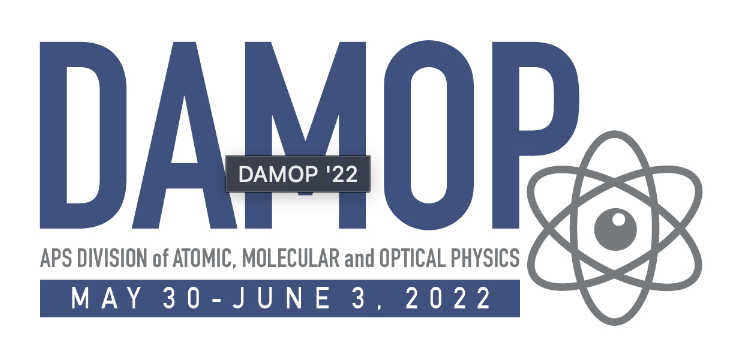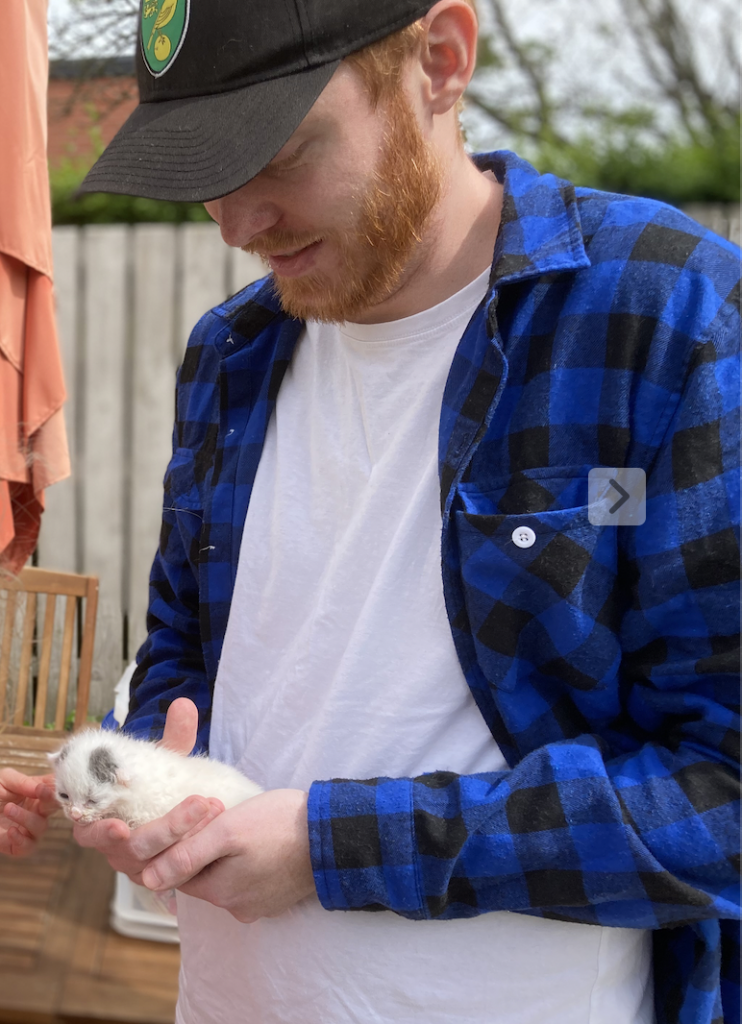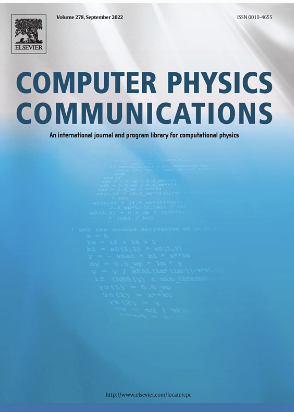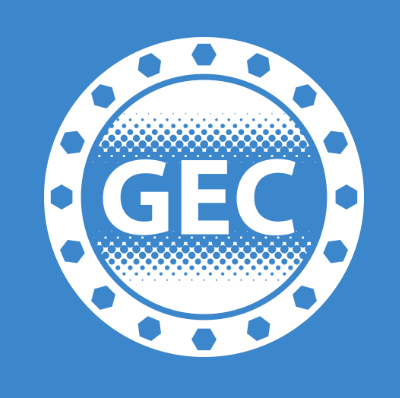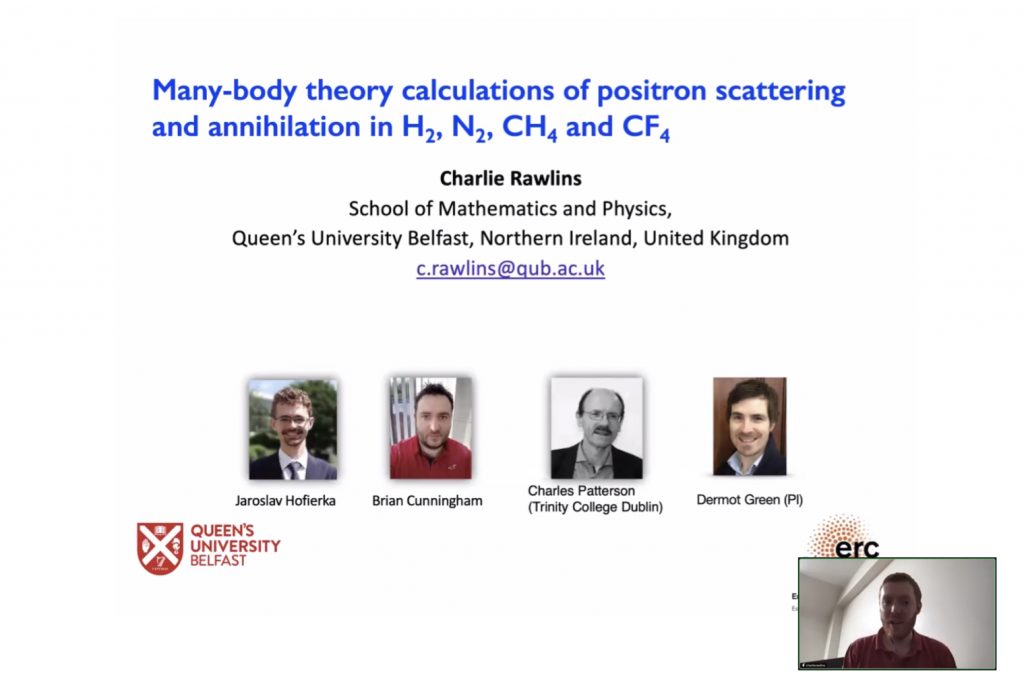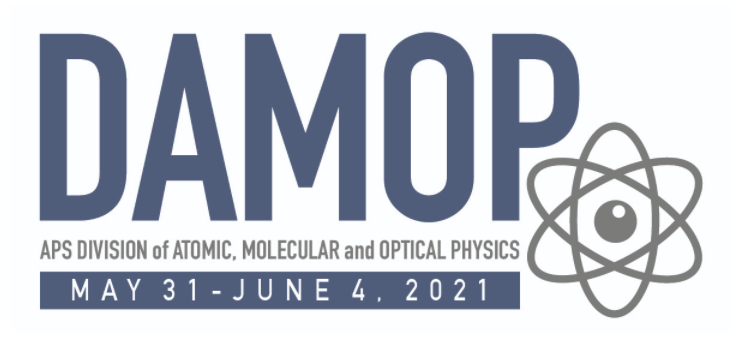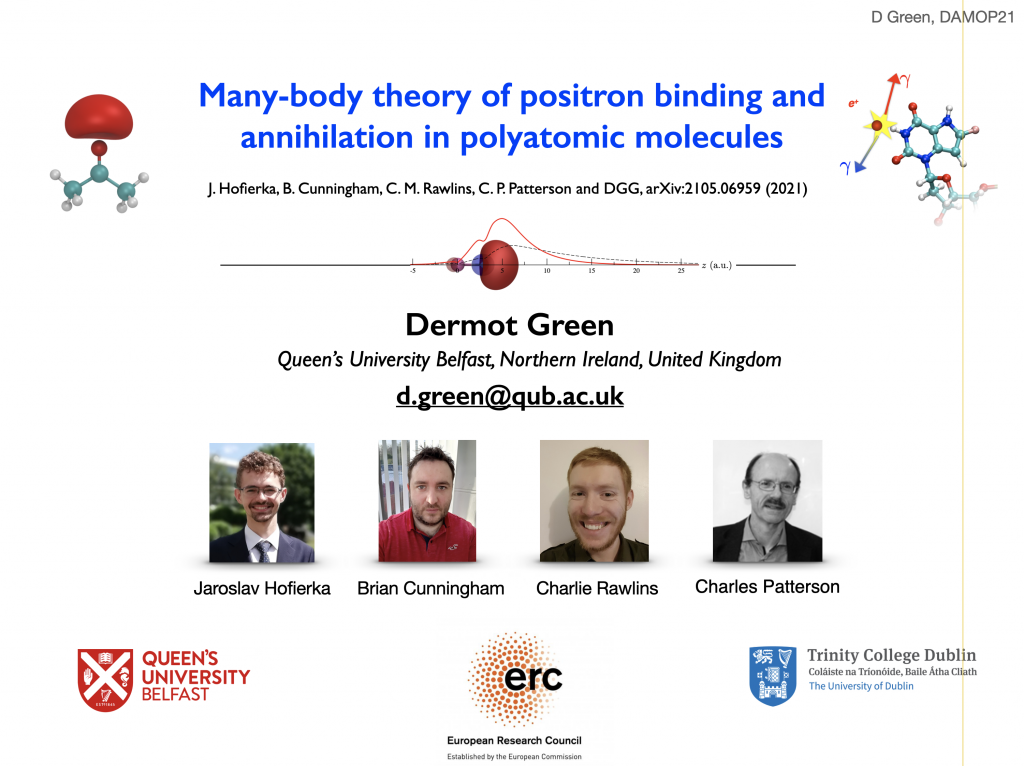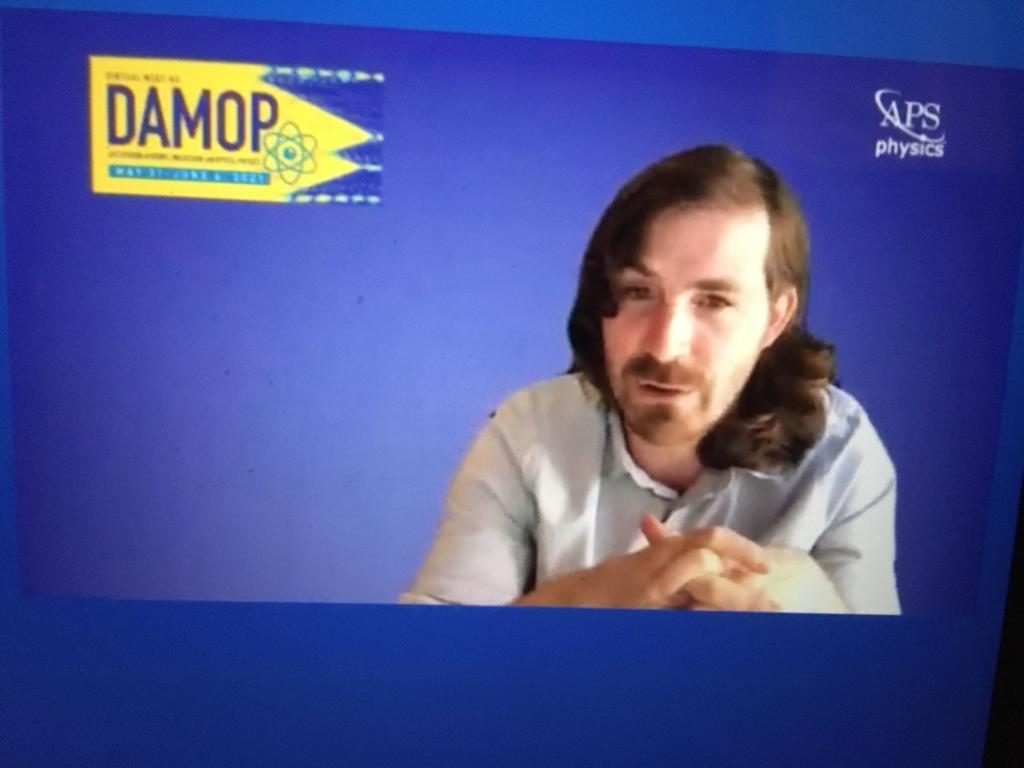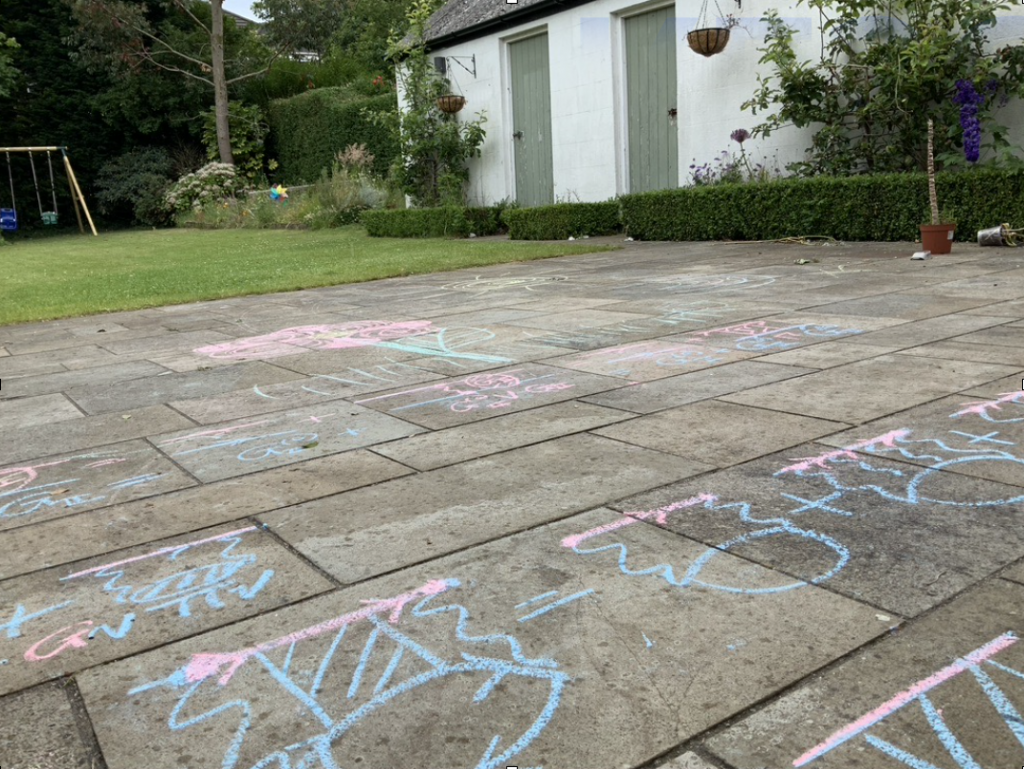The group was out in force at ICPEAC International Conference on Photonic, Electronic and Atomic Collisions (vICPEAC) 2021, a flagship international conferences in the field, and EGAS 52 (European Group meeting on Atomic Systems)
Group member Dr Charlie Rawlins (Research Fellow) delivered a Special Report on our many-body theory of positron scattering and annihilation on polyatomic molecules.
Research Fellow Dr Brian Cunningham presented a poster talk on our Many-body theory of positron binding to polyatomic molecules;
Research Fellow Dr Andrew Swann presented a poster talk on our simulation of positron cooling via inelastic collisions in N2 and CF4 gases (including positron-positron interactions);
PhD student Jaroslav Hofierka presented a poster talk on his work on many-body theory calculations of positron binding to atoms.
At EGAS, PhD student Jaroslav Hofierka presented a talk on our recent work on many-body theory of positron binding to polyatomic molecules;
Research Fellow Dr Charlie Rawlins gave a talk on our most recent work on many-body theory of positron scattering and annihilation in molecules;
Research Fellow Dr Andrew Swann gave a talk on our work on positron cooling via inelastic collisions with N2 and CF4 gases (including positron-positron interactions).
